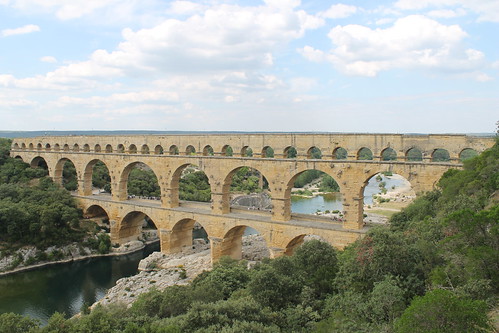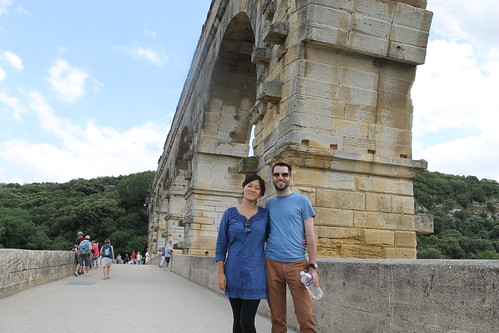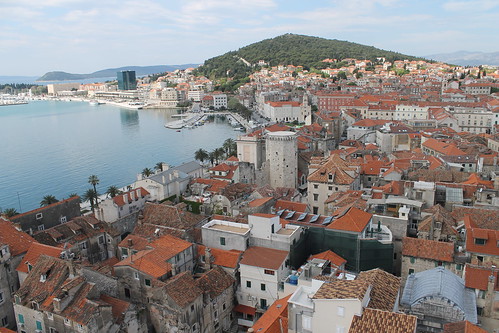Our Italian trip is over and done with, and we are back basking in the humidity of mid-August Taipei, but I want to make sure to document the rest of our trip. Thanks to all my copious photos and Instagramming not to mention the wealth of Wikipedia, I have some great reference points. The most anticipated part of our Italian trip was the visit to the ancient sites of Rome, because I took Latin for six years and studied mythology and Roman history for most of that time. Many sites in Rome hail from the most fascinating times in its history – the late Republic and the early Empire (about 100 BC to 150 AD). In exploring those sites, we trekked through the Colosseum and Roman Forum, the Capitoline Museums, and the Baths of Caracalla.
The most rewarding but easily most tiring day was visiting the Colosseum and the Roman Forum on a joint ticket of 12 euros. We lined up to buy tickets at the Forum as soon as things opened at 8:30 am, and scored a 9 am entrance to the Colosseum, bypassing what easily looked like a hundred and fifty people in line. Eek. The Colosseum was better known in ancient times as the Flavian Ampitheater, begun by Vespasian, who began his reign in 69 AD. His oldest son Titus continued the building, and it was finished by his younger son Domitian. Originally, wooden passageways under the floor of the Colosseum were used to channel the gladiators and beasts who fought in the stadium. Sometimes, they would be removed entirely, and the entire floor flooded with water to provide a stage for mock naval battles. (That ended after Domitian constructed stone passageways to replace the wooden ones.) It is still incredibly imposing, despite a few earthquakes over the centuries that have destabilized one side.
There was much more signage around than when Steve came last time, including some interesting permanent exhibits about the archeology done around the area. For example, we saw a lot of discarded foodstuff, and could extrapolate the ancient equivalent of popcorn and beer that the Romans would enjoy at the races. As we walked around, there was no shortage of folks who had not taken Latin for six years and decided to employed tour guides in various languages. Many of them spoke English, but it was fun listening to one family get a tour guide in very Italian-accented French. It was at least possible to hide from the sun amid the huge arches, so even though it got hot quickly, we did enjoy our time walking around the Colosseum. We capped off our visit by sitting in the shade outside admiring the Arch of Constantine and munching on some tasteless sandwiches. (There are very few food places surrounding these sights in the middle of Rome, so we had purchased sandwiches beforehand, but they were no prize either.)
Continue reading Rome: Ancient Days Edition


